The Reality of BJP’s Development Claims in Northeast India: Beyond the Numbers
Introduction: Development Promises vs. Ground Realities
Over the past decade, the BJP government has projected Northeast India, particularly Arunachal Pradesh, as a center of development. With initiatives such as the Act East Policy, Vibrant Village Programme (VVP), and increased investment in infrastructure, central funding has seen a dramatic rise. Between 2014 and 2024, Arunachal Pradesh received over ₹1 lakh crore, which is 16 times more than the ₹6,000 crore allocated during the Congress era.
In 2025, Prime Minister Narendra Modi inaugurated 13 projects worth ₹5,100 crore, including hydro projects and connectivity initiatives.
But the pressing question remains—do these figures truly reflect real transformation? Critics argue that they are more rhetoric than reality, as issues like Chinese incursions, the Manipur ethnic violence, land disputes in Assam, and gaps in education, healthcare, and employment persist.
Infrastructure Numbers: Progress or Propaganda?
The BJP has emphasized roads, railways, and energy in the Northeast. Under the VVP, 455 villages in Arunachal Pradesh were identified with a budget of ₹4,800 crore for 2022–26.
-
In Phase I, 662 villages were targeted for roads, electricity, and internet connectivity.
-
By 2025, Phase II earmarked ₹2,205 crore for 122 additional villages.
Projects such as the 1,830 km Frontier Highway are projected as key to border security. Yet, ground realities tell another story—while work began in 25 villages of Dibang Valley, residents complained of environmental destruction and displacement.
Road length in the Northeast has grown from 1 lakh km in 2014 to 1.5 lakh km in 2024. However, poor maintenance has left flood-affected stretches unusable. In comparison to China’s 628 “model villages,” India’s response appears inadequate.
Chinese Incursions: Silence or Strategy?
China has established several villages inside Arunachal Pradesh, in areas contested since the 1959 Longju incident. Reports in 2021 revealed Chinese settlements on the Indian side of the McMahon Line. The government described it as “under monitoring,” but avoided firmer action.
-
Rahul Gandhi accused the Prime Minister of breaking his promise of not bowing before China.
-
Modi, in 2023, described border villages as “the first villages” and pitched VVP as India’s counter to China.
-
During his 2025 visit, he called Arunachal the “Land of the Rising Sun,” stressing nationalism.
Nevertheless, in 2024, China renamed 11 locations in Arunachal. India rejected the move but took no concrete steps. The Border Roads Organisation (BRO) constructed 2,319 km of roads, yet experts argue this is defensive rather than proactive. For the public, this “strategic silence” appears more like sloganeering.
Manipur Violence: Continuing Unrest and Accountability
Since 2023, Manipur has been ravaged by ethnic clashes between the Meitei and Kuki-Zo communities, leaving 258 dead and 60,000 displaced.
-
Violence continued into 2025, with fresh clashes in March.
-
In February, President’s Rule was imposed.
-
The Supreme Court described it as a “complete breakdown of law and order.”
-
By 2025, 281 relief camps housed 58,000 people with inadequate healthcare facilities.
Although the government claims peace talks are underway, demands for a separate administration have gained strength. This prolonged violence undermines claims of stability and development.
Assam Land Disputes: Corporate Interests or Development?
In Assam, allegations of land allotment at throwaway prices to the Adani Group have stirred protests.
-
In 2025, 3,400 bighas (454 hectares) were allotted in Kokrajhar for a thermal plant, sparking opposition from Bodo and Garo communities.
-
Another controversy in Dima Hasao involving 3,000 bighas went viral, though Adani denied involvement, attributing it to Mahabali Cement.
-
The Gauhati High Court dismissed such transfers as a “joke” and a violation of tribal rights.
Land transfers in Sixth Schedule areas, without Gram Sabha consent, reflect crony capitalism—where development projects displace indigenous populations in the name of investment.
Education, Healthcare, and Employment: Why Promises Fall Short
In 2024–25, ₹2,139 crore was allocated for education in the Northeast. Yet, ASER 2023 revealed that despite 96% enrollment among children aged 6–14, learning outcomes have not improved.
-
Healthcare: AIIMS-like institutions were established, but the doctor-to-population ratio remains below the national average (1:1,457 vs. 1:1,000).
-
Employment: Promises of 10,000 jobs from thermal plants contrast with the mere 3,315 currently employed at Adani’s existing projects.
-
Unemployment stood at 8.5% in 2024, worsened by the Manipur unrest.
-
HDI indicators remain weak.
-
Arunachal claims 100% coverage under Jal Jeevan Mission, but quality remains questionable.
Thus, the numbers may look impressive, but ground realities reveal gaps in implementation and inclusivity.
Conclusion: The Need for Balanced Development
The BJP’s development narrative in the Northeast is backed by increased funding and infrastructural expansion. Yet, silence on Chinese incursions, ongoing ethnic violence in Manipur, land disputes in Assam, and weaknesses in education, healthcare, and employment reveal the limits of these claims.
In essence, development is visible but neither inclusive nor sustainable. The government must prioritize transparency, local participation, and human rights, or else the vision of a “Developed India” will remain incomplete.

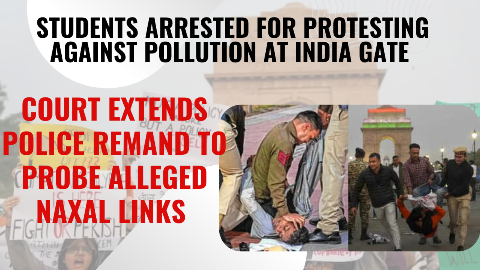

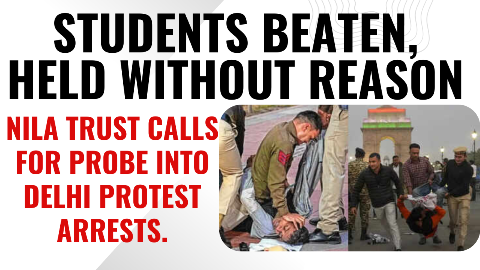

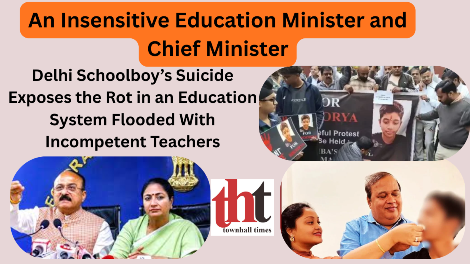



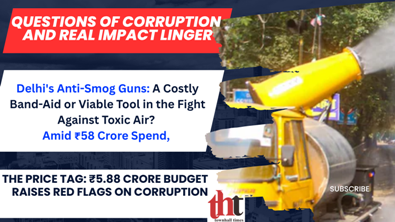
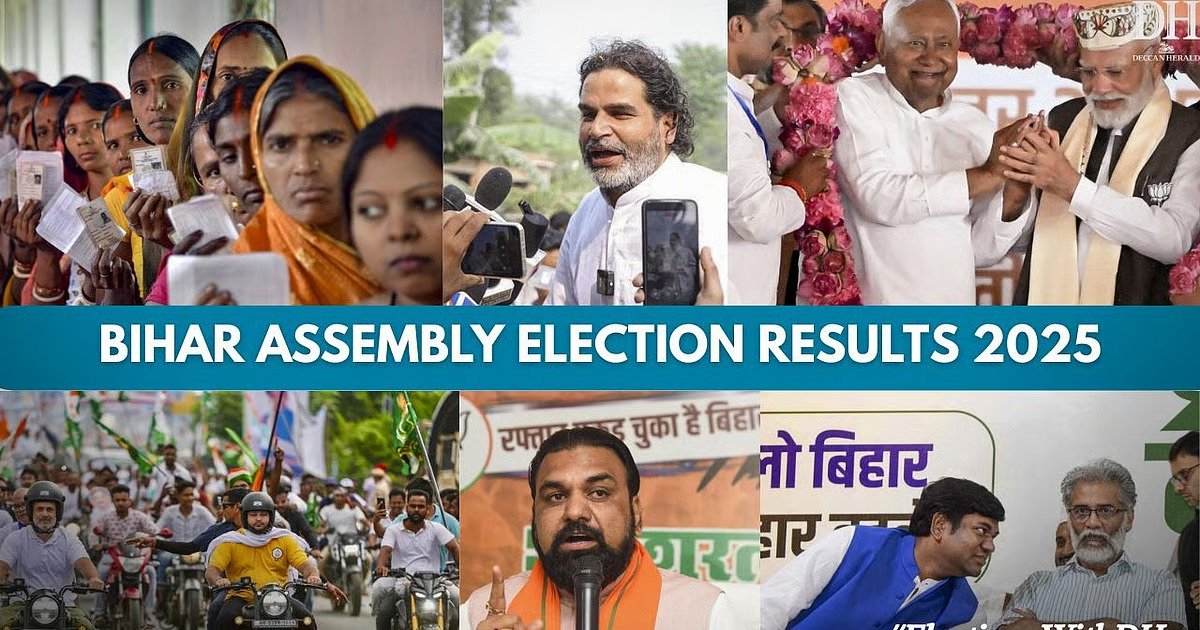
Leave a Reply